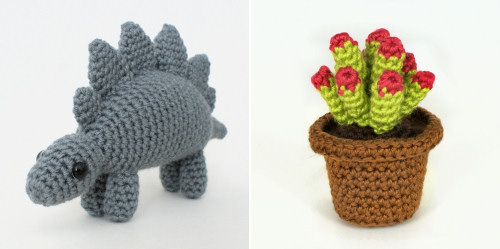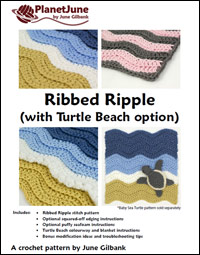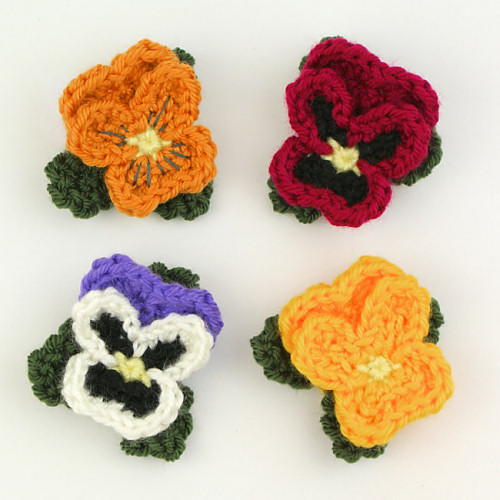
Link easily to this tutorial in your patterns: www.planetjune.com/blo I always like to experiment and see if there are ways to improve amigurumi techniques to give better results, and today I have a new one to share with you. Back loop only (BLO) stitches are often used to add detail in amigurumi designs, particularly for […]






















